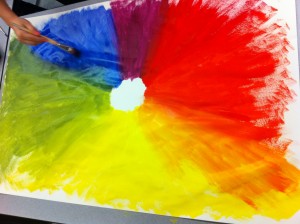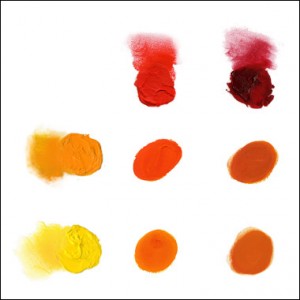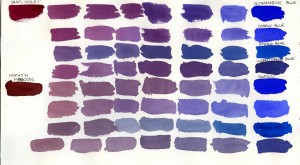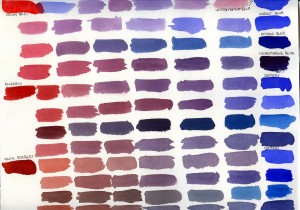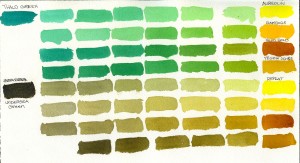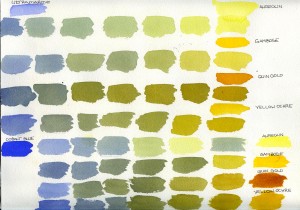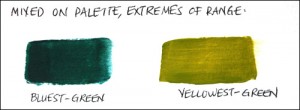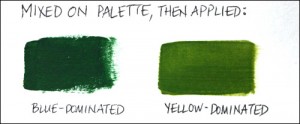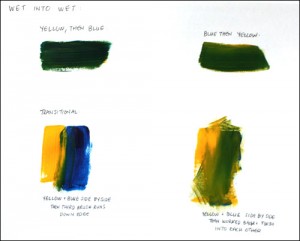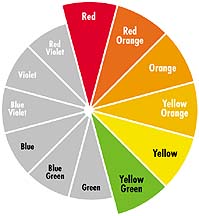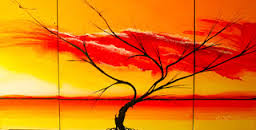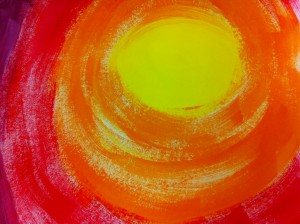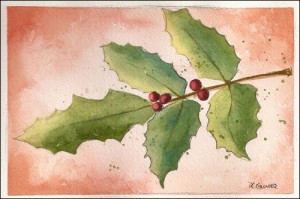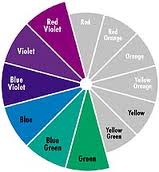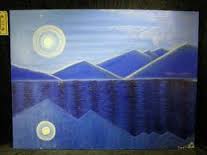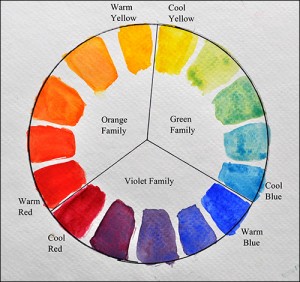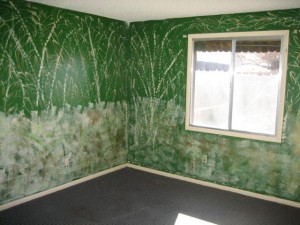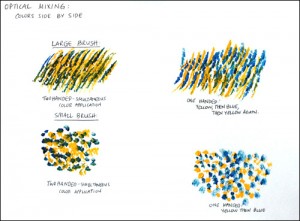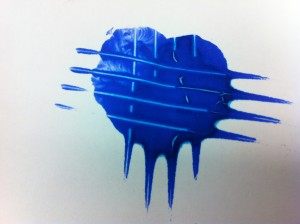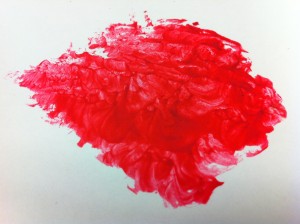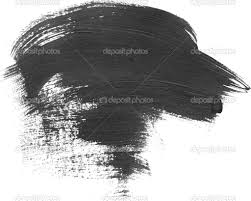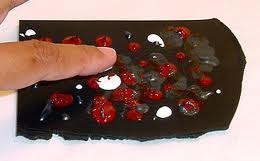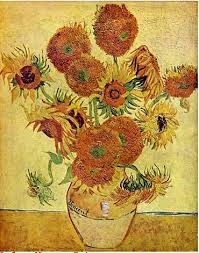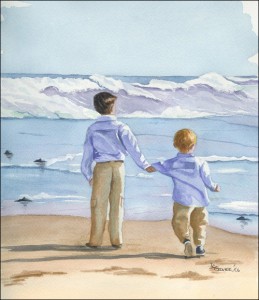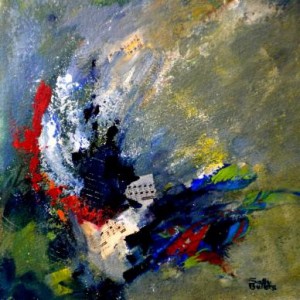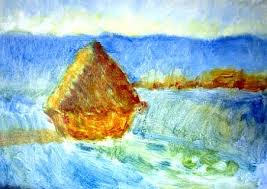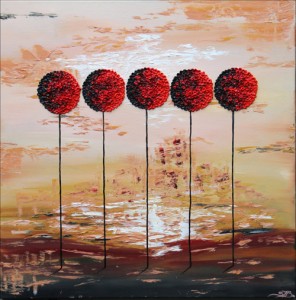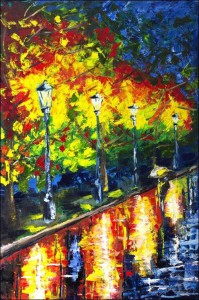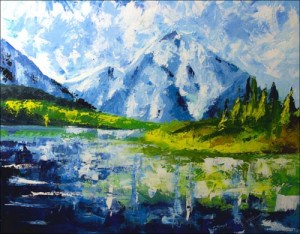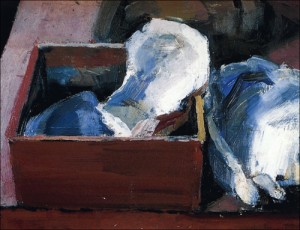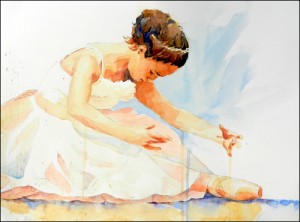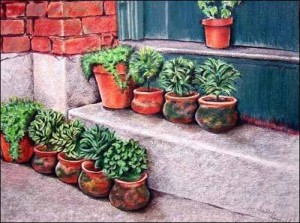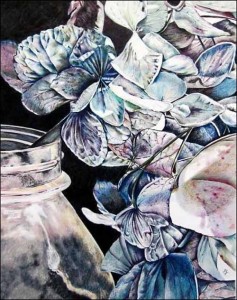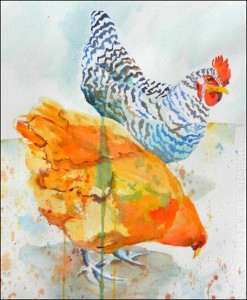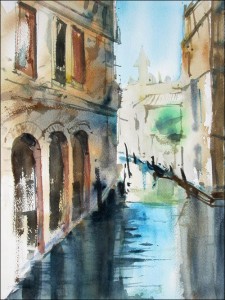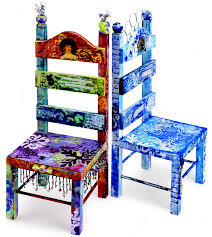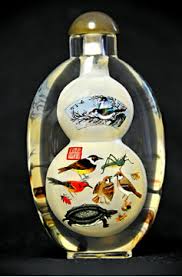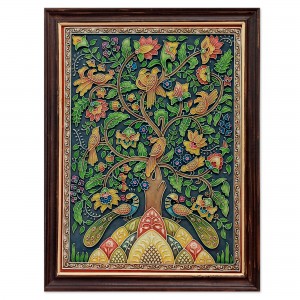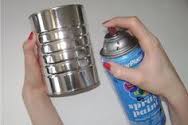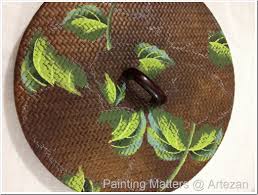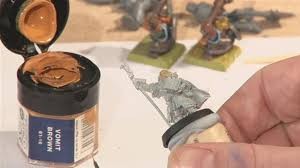How To Improve on Your Painting Skills
The best way to teach painting or learn painting skill is through the attempt of replicating existing works. The appropriation takes the artist through a few fundamental sets of skills such as observation, analyzation, rough tuning and fine tuning. There is no better way to learn a skill than dive in with both feet and experience through trial and errors.
Rough Tuning Basics
There following are different basic techniques that would help your students build up their fundamentals so they can apply a various combination of these skills into further complex products.
1. Colour Wheels
Developing the colour wheel is a great way to start off the section of familiarization with your colour palettes. The student will get into applying their prior knowledge with primary and secondary colours. In addition, they will soon realize that different ratio of different primary colours will make the secondary colour into further tertiary level.
2. Secondary Colour
Mixing colours is an art in and of itself. While most people initially assume that when you put red with yellow together that you would get orange; yellow and blue makes green; red and blue makes purple; however, it will always surprise the novice painters that the generic assumption of what orange, green and purple should be would end up different. Thus, it is important to take time in class practising and familiarizing with acquiring different tones of the primary and secondary colours.
3. Shading
While improving on the toning of your colour palettes, it is important to remember the differentiation between toning and shading.
4. Warm vs Cool Colours (bonus: can be used for distance)
Apply warm colour to bring out the liveliness of the objects painted due to the vibrant colours. Apply cool colour to bring out the deep solemn feel of the objects painted due to the heaviness from the cooler tones.
Also, warmer colours will appear to stand up more, getting caught and picked up by our retina, in which make the warm colour objects in a painting appear much closer than the cooler colours.
5. Types of Tools
Never limit your painting experience, or your students’ painting experience to just pigments and brushes. Allow them to make use of different part of the brushes, or just non-brush altogether. Sometimes using utensils that we can find around our surroundings to create the effect we want for our painting is more than necessary.
How about just feel the paint, and push it around….literately.
Fine Tune on Painting Types
Once students are familiar with their colour schematics, it is then time for some appropriation to take place. Using existing paintings as examples and let the students attempt on replicate the painting. What you should be looking for is two types of assessments: detailed control or confident abstract. Both require a set of an eye and effort to achieve rewarding end products.
Only through the attempt of trying to recreate different textures, rough or smooth and more, the students will gain different ways to make the application of paint on canvas.
1. Acrylics
2. Oil
3. Watercolour
4. Painting on different media
